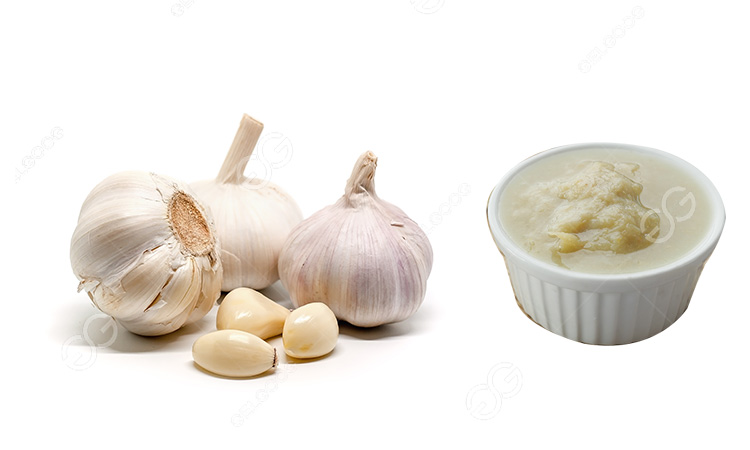As a condiment with unique flavor, ginger garlic paste is widely loved by consumers. With the increasing demand for healthy diet and delicious food, the market of ginger garlic paste is gradually expanding. If you want to start a ginger garlic paste making business, here are some suggestions we give.
- Market research and business planning
First, you need to conduct market research to understand your target customer groups, market demand, competitors, and potential sales channels. Determine the characteristics of your ginger garlic paste, such as flavor (sweet, spicy, salty, etc.), packaging (bottles, bags, etc.), and target consumer groups (families, catering companies, etc.). Based on the research results, develop a detailed business plan, including investment budget, marketing strategy, pricing plan, etc.

2. Building a factory and purchasing production equipment
① Selecting the factory location
Choose the factory location based on factors such as local transportation, labor resources, raw material supply, and policy support. The factory is best located near a transportation hub to facilitate the purchase of raw materials and the distribution of products.
② Purchase production equipment
The production of ginger garlic paste requires a complete ginger garlic paste production line, mainly including:
- Cleaning equipment: used to clean ginger and garlic to ensure the hygiene and safety of raw materials.
- Sauce grinding equipment: grind ginger and garlic into sauce for easy processing.
- Mixing equipment: mix ginger and garlic paste with seasonings (such as salt, sugar, soy sauce, etc.) to ensure a consistent taste. The recipe can be adjusted according to different market needs to increase spicy, sweet or sour taste.
- Cooking equipment: Heat the mixed ginger-garlic paste, usually at a certain temperature, to kill the microorganisms in the paste and extend the shelf life. The temperature and time need to be strictly controlled during heating to avoid loss of nutrients or deterioration of taste.
- Filling equipment: Used to fill the paste into bottles and seal them to ensure the safety and stability of the product. Different packaging forms such as bottles or bags can be selected according to market demand.
3. Sales and promotion
After production is completed, the sales and promotion of products are crucial. Sales can be carried out through various channels such as online e-commerce platforms, offline supermarkets, and the catering industry. At the same time, brand awareness should be increased through social media and other means to attract consumers’ attention.